Triglycerides, also termed lipids, are a form of fat that circulates in the blood. They are the most frequent sort of fat in our body. Triglycerides originate from meals, mainly butter, oils, and other fats we ingest. Triglycerides also originate from excess calories our body does not require right away. Unused calories are retained as triglycerides in fat cells. When the body requires energy, it releases the triglycerides. Some triglycerides are necessary for optimum health. However, excessive triglyceride levels in the blood can enhance the risk of heart disease and stroke.
What are the risk factors and causes of high triglyceride levels?
High levels of triglycerides which are a type of fat found in the blood, can be caused by various factors. These include obesity, consuming an excessive amount of unhealthy food, genetic predisposition, and certain health conditions such as poorly controlled diabetes, kidney disease, and underactive thyroid (hypothyroidism). Certain medications, including steroids and birth control pills, as well as excessive alcohol consumption, can also contribute to high triglyceride levels.
Symptoms of high levels of triglycerides
Unfortunately, the majority of individuals with high triglyceride levels do not exhibit any symptoms. This highlights the importance of getting triglycerides levels tested, especially for those with a family history of heart disease, stroke, or high triglycerides. However, individuals with exceptionally high levels of triglycerides may experience certain symptoms, including:
Pancreatitis
Having extremely elevated triglyceride levels in the bloodstream can increase the risk of a condition called acute pancreatitis, which involves inflammation of the pancreas. The main symptom of acute pancreatitis is upper abdominal pain that may radiate to the back. Additional symptoms may include fever, nausea and vomiting, a rapid heartbeat, and a swollen or tender abdomen.
Xanthomas
People with a genetic lipid disorder that causes high triglycerides may develop eruptive xanthomas. These are small, yellow-red bumps that form when fats accumulate beneath the skin's surface. Although they can appear anywhere on the body, they are most commonly found on the elbows, joints, tendons, knees, hands, feet, or buttocks.
Discolouration of Retinal Vessels
Creamy white discolouration of the retinal vessels is another potential symptom of hypertriglyceridemia, a condition characterized by high levels of triglycerides in the blood. This condition, known as lipemia retinalis, leads to a noticeable discolouration of the retinas, typically appearing creamy and thin. Lipemia retinalis is more commonly observed in individuals with triglyceride levels exceeding 1000 mg/dL.
Neurological Symptoms
Some individuals with hypertriglyceridemia or high TG levels may experience certain neurological symptoms, such as irritability.
Different Levels of Triglycerides
High triglycerides mean the levels of triglycerides are elevated in the blood. When triglyceride levels increase they fall into different categories:
- Moderate hypertriglyceridemia: ranging from 150–499 mg/dl.
- Severe hypertriglyceridemia: ranging from 500 mg/dl or more.
- Very severe hypertriglyceridemia: triglyceride levels of 880 mg/dl or more
In contrast, normal range levels of triglycerides are typically less than 150 mg/dl.
During a triglyceride screening, healthcare professionals usually conduct a lipid profile blood test which not only measures triglyceride levels but also checks the levels of:
- total cholesterol
- good cholesterol/high-density lipoprotein (HDL)
- bad cholesterol/low-density lipoprotein (LDL)
It's important to note that doctors may provide specific instructions before the test, such as fasting for 8–12 hours.
Treatment for Elevated Levels of Triglycerides
Treatment for individuals with high triglycerides aims to protect the heart and reduce the risk of pancreatitis.
The most suitable approach for managing high Tg levels can vary for each patient. In cases of mild elevation, making lifestyle modifications, such as dietary changes and engaging in regular exercise, may be sufficient to bring triglycerides to a healthy level. If necessary, the doctor may suggest specific dietary adjustments, like reducing carbohydrate intake and increasing fibre consumption by adding foods known to reduce triglycerides to the diet. Regular exercise can also aid in fat burning and lowering triglyceride levels.
In situations where lifestyle modifications alone are insufficient, medication may be recommended by the doctor. These medications can help in further reducing triglyceride levels.
Statins
Statins are medications that function by reducing cholesterol levels in the blood and liver, ultimately impacting triglyceride levels. Specifically, statins help lower LDL levels commonly referred to as the "bad" cholesterol.
Fibrates
Fibrates are also medications used to decrease triglyceride levels. This medication has the potential to increase HDL levels known as the "good" cholesterol.
Fish Oil
The omega-3 fatty acids present in fish oil make it a useful component in preventing heart disease and reducing triglyceride levels.
Niacin
Niacin, also known as vitamin B3, has shown effectiveness in significantly lowering triglyceride levels in certain patients.
In more severe cases where triglyceride levels are very high surgical interventions may be necessary. This can involve the use of surgically implanted devices or open heart surgery for certain patients.
Regular monitoring of TG levels is important to identify elevated levels early on. Detecting high triglyceride levels promptly enables individuals to take necessary steps to bring them down and make necessary lifestyle modifications.













 7982100200
7982100200



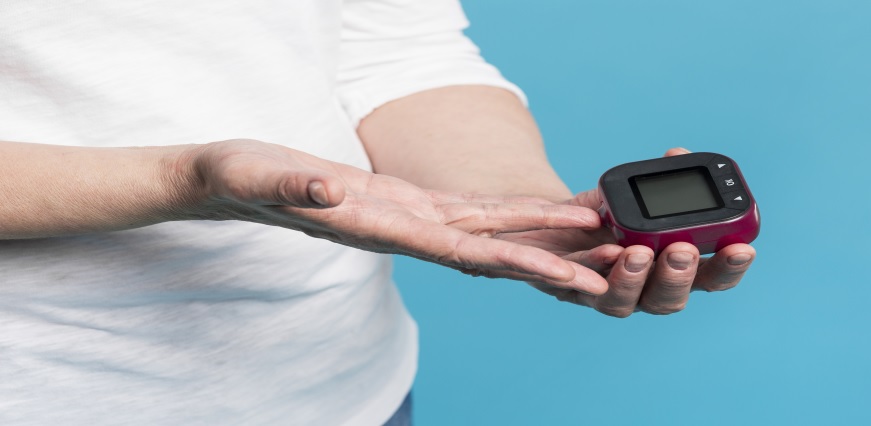



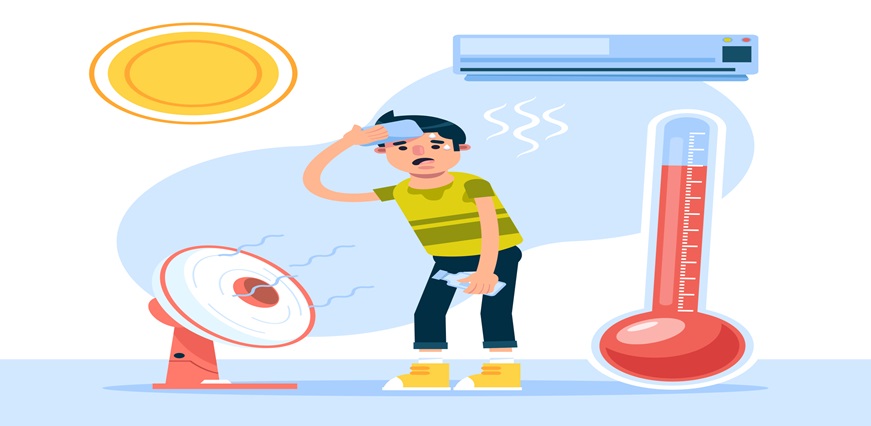
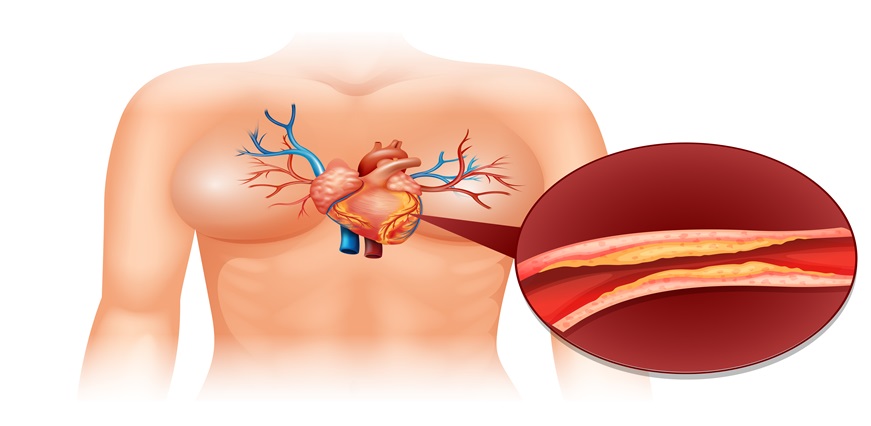
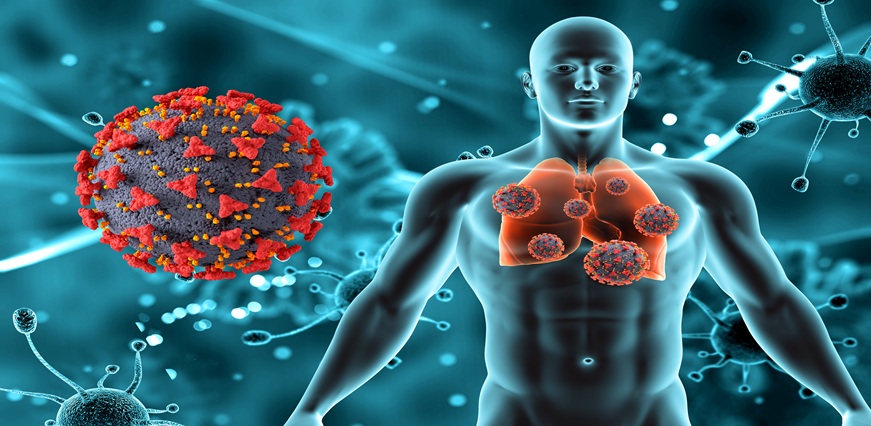
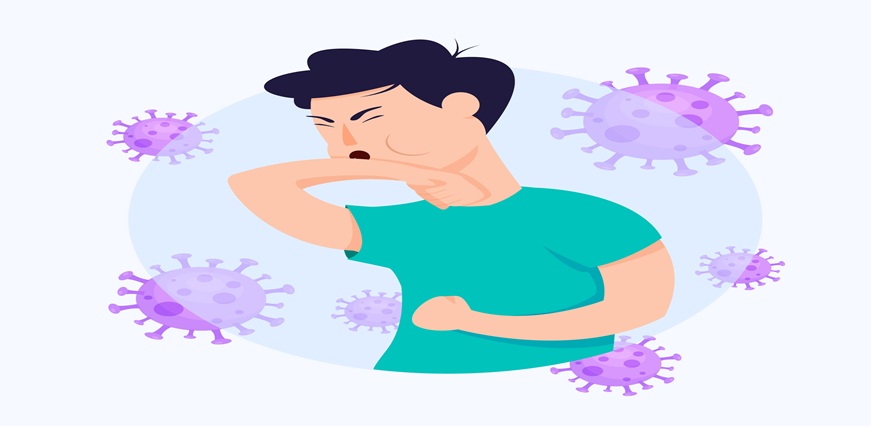













 To reach our help desk call 9213188888
To reach our help desk call 9213188888.png)
Comments